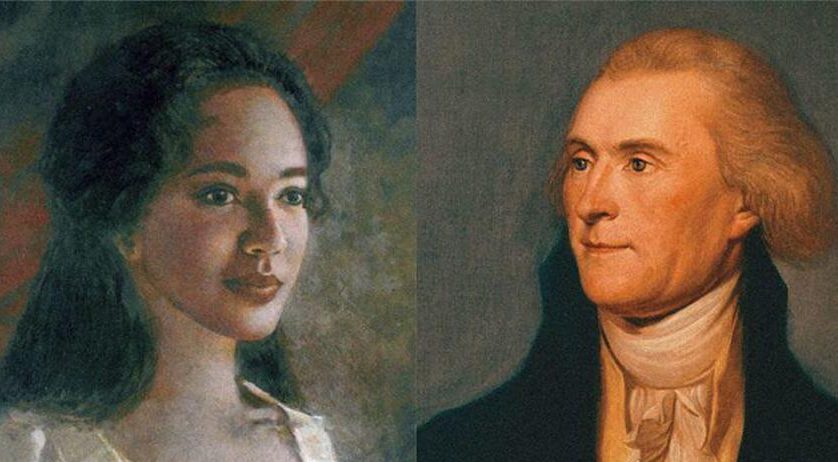
The role of First Lady has long been a symbol of the public-facing side of the presidency, but it hasn’t always been filled by the president’s wife. In early American history, there were times when the president’s daughter, daughter-in-law, niece, or even close confidante took on the duties, especially when the president was widowed or unmarried. These women shaped the early ceremonial and social responsibilities of the White House and beyond, contributing to the nation’s political and social fabric.
Martha Washington: Setting the Standard
Martha Washington, the first woman to serve as First Lady, set the precedent for those who followed. She was not only the wife of George Washington but also a central figure in shaping the social life of the fledgling United States. As the nation’s first First Lady, Martha balanced her own reluctance for public life with the demands placed on her by her husband’s presidency. She hosted weekly receptions and helped to establish the social norms for presidential households.
Abigail Adams: A Political Partner
Abigail Adams, wife of John Adams, the second president, is another early figure who redefined the role of First Lady. More than just a hostess, she was a political confidante and adviser to her husband. Her letters to John Adams are filled with discussions of politics, governance, and diplomacy, revealing her influence behind the scenes. Abigail played a crucial part in shaping her husband’s presidency, as well as in advocating for women’s education and their role in society.
Video credit: History Tea Time with Lindsey
Thomas Jefferson: Sally Hemings and the Private Side of Public Life
Though officially Jefferson’s daughter, Martha Jefferson Randolph, stepped in to perform First Lady duties, the personal relationship between Thomas Jefferson and Sally Hemings, an enslaved woman at Monticello, cannot be overlooked. Hemings lived at Monticello for much of her life and bore children believed to be fathered by Jefferson. While she did not assume public First Lady responsibilities, her connection to the president reflects the complex and often hidden relationships of the time. The full extent of her influence and role in Jefferson’s personal and political life is still the subject of much historical research and debate.
Deborah Franklin: The Invisible First Lady
Though Benjamin Franklin never became president, his wife, Deborah Read Franklin, played a role similar to that of a First Lady during Franklin’s diplomatic service abroad. She managed his affairs at home in Philadelphia while Franklin was stationed in Europe, often for years at a time. Deborah was a strong, independent woman who oversaw their home and business, serving as Franklin’s representative while he negotiated major treaties, including during the American Revolution. Her role demonstrated how women in the 18th century often served as silent yet powerful figures behind influential men.
Eliza Hamilton and Sarah Jay: Women of Influence in Diplomacy
Elizabeth Schuyler Hamilton, wife of Alexander Hamilton, and Sarah Livingston Jay, wife of John Jay, both played key roles in supporting their husbands’ work during the founding of the United States. Eliza Hamilton is remembered for preserving her husband’s legacy after his death, working to collect his papers and advocating for causes such as the establishment of orphanages. Sarah Jay accompanied her husband during his diplomatic missions in Europe and managed the Jay household in Paris and Madrid, balancing her own public role in international society.
James Madison: Dolley Madison, The First Lady of Hospitality
Dolley Madison, wife of President James Madison, is often considered one of the most iconic early First Ladies, renowned for her ability to bring people together. She established many of the social traditions that are still followed today, hosting large gatherings and receptions that helped bridge political divides. Dolley Madison was an integral part of Washington’s social scene, and her charm and diplomacy were instrumental during a time when the new nation faced internal strife. She even helped save important documents and a portrait of George Washington during the British invasion of Washington, D.C., in the War of 1812.
The Surrogate First Ladies
Throughout American history, when a president was widowed or unmarried, other female relatives often filled the role of First Lady. Thomas Jefferson, for instance, relied on his daughter, Martha Jefferson Randolph, to serve as his White House hostess. John Tyler’s daughter-in-law, Priscilla Cooper Tyler, stepped into the role after Tyler’s wife died during his presidency. James Buchanan, the nation’s only bachelor president, had his niece, Harriet Lane, act as First Lady, where she became a trendsetter and advocate for important social causes.
Balancing Family and Duty
These women, whether they were official First Ladies or surrogate ones, often found themselves balancing the responsibilities of public life with their private obligations. In an era when women were expected to prioritize their homes and families, stepping into a national role added another layer of complexity. For instance, Priscilla Tyler’s position as First Lady meant extended periods of separation from her husband, who traveled frequently, but she embraced the role, even entertaining European royalty at the White House.
Modern Reflections: From Traditional to Flexible Roles
While history has seen many women take on the duties of First Lady, today’s expectations are more flexible. The role has evolved significantly, and it’s no longer a requirement for a female relative or spouse to serve as First Lady. If a president were unmarried or widowed today, they could choose to delegate the social and ceremonial responsibilities to someone else, or even opt not to fill the role at all.
The women of early American presidencies—whether official First Ladies like Martha Washington or surrogate ones like Martha Randolph—helped define a unique American tradition. Their contributions, whether public or behind the scenes, played an essential part in shaping the social and political landscape of the United States.





More Stories
Counselor or Teacher: Which Career Path Is Right for You?
Victorian Era Breakthroughs: How Inventions Like the Telephone Shaped the Modern World
The UNCF Empower Me Tour Visited LA to Provide Scholarships & College Admission To HBCUs To Local Students